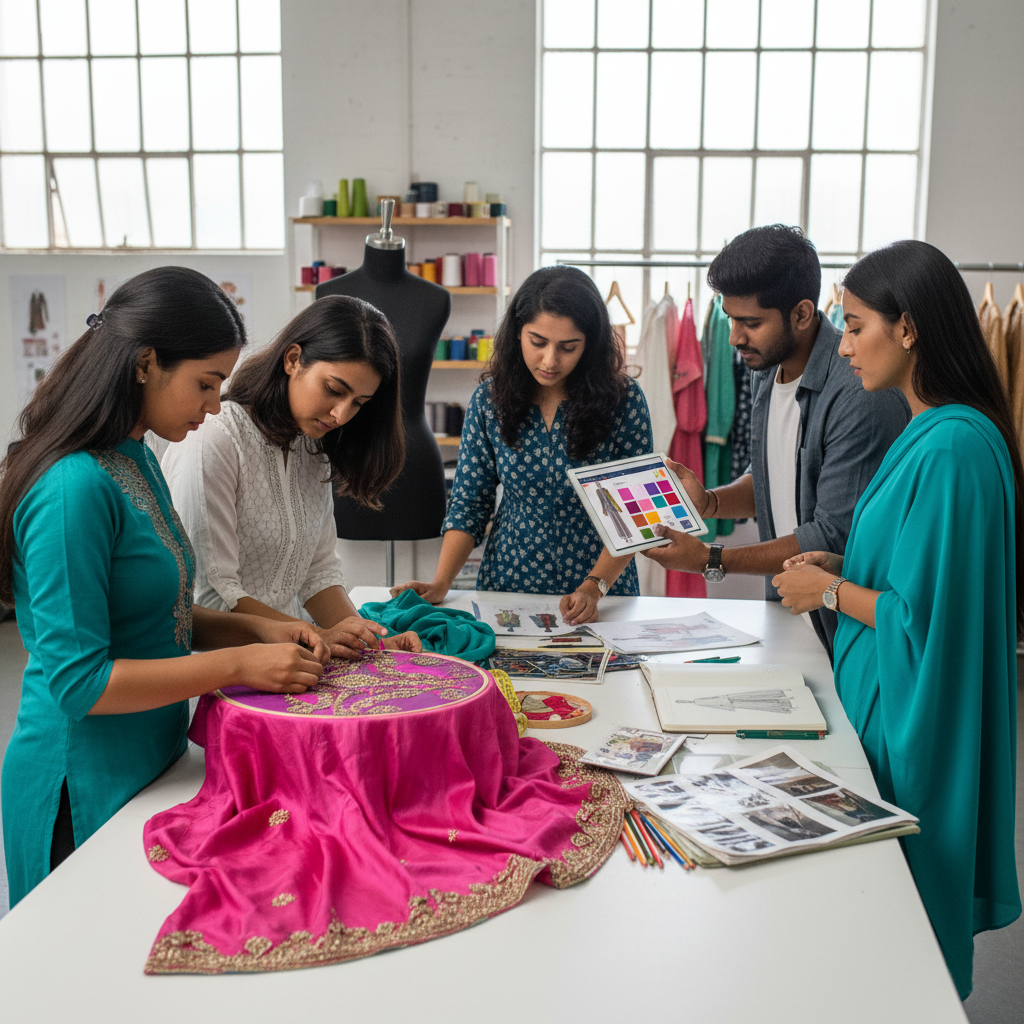Vastu Shastra, an ancient Indian science of architecture, is increasingly gaining attention in contemporary interior design. It harmonizes the natural elements to ensure a balanced and positive living environment. In the context of Interior Design, Vastu plays a crucial role in optimizing spaces to enhance well-being, prosperity, and happiness.

Understanding Vastu Shastra
Vastu Shastra, which translates to “science of architecture,” is based on the principles of energy flow and spatial geometry. It integrates the five natural elements—Earth, water, fire, air, and space—with cardinal directions to create harmonious living and working spaces. The aim is to achieve a balance that promotes health, wealth, and tranquillity.
Importance of Vastu in Interior Design
- Enhancing Positive Energy: Vastu principles ensure that spaces are designed to harness positive energy. This involves strategic placement of furniture, rooms, and decorative elements to facilitate the flow of energy. For instance, placing the main door in the North or North-East direction is believed to invite prosperity.
- Optimal Space Utilization: Vastu provides guidelines on the best use of space, which is particularly beneficial in urban settings where space is a premium. By following Vastu, interior designers can create layouts that maximize functionality without compromising aesthetics.
- Health and Well-being: The correct application of Vastu principles can contribute to physical and mental health. For example, it is believed that positioning the kitchen in the South-East direction, associated with the fire element, promotes good health and well-being.
- Financial Prosperity: Certain Vastu guidelines are believed to attract wealth and financial stability. Aligning offices and workspaces according to these principles can enhance business success and financial growth.
Applications of Vastu in Modern Interior Design
- Entrance and Layout: The entrance is crucial in Vastu. It should be welcoming and placed in a favourable direction. The layout of the house should ensure that the kitchen, living room, and bedrooms are positioned according to Vastu recommendations.
- Furniture Arrangement: The placement of furniture is vital. Heavy furniture should be placed in the South or West, while lighter furniture can occupy the North or East.
- Colour Schemes: Vastu also guides colour selection. Colours like white, yellow, and green are considered auspicious for certain rooms as they promote positive energy and relaxation. Learning Vastu in Interior Design Colleges like Indian Institute of Fashion & Design, IIFD Kolkata, offer specialized courses that integrate Vastu Shastra with contemporary interior design practices. Students at this leading interior design college are taught how to blend traditional Vastu principles with modern aesthetics to create harmonious and functional spaces. These courses equip future designers with the knowledge to enhance their clients’ lives through informed and mindful design choices.
Conclusion
As more people seek environments that support their lifestyle and aspirations, the role of Vastu in design becomes increasingly significant. Institutions like IIFD Kolkata are at the forefront of educating the next generation of designers in this holistic approach, ensuring that the ancient wisdom of Vastu continues to enrich modern living spaces.



